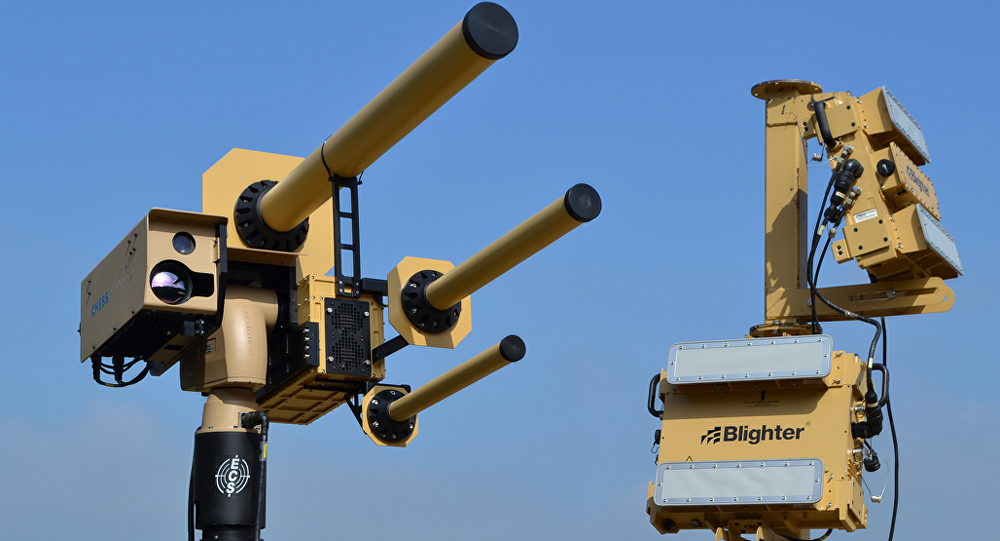-
Tips for becoming a good boxer - November 6, 2020
-
7 expert tips for making your hens night a memorable one - November 6, 2020
-
5 reasons to host your Christmas party on a cruise boat - November 6, 2020
-
What to do when you’re charged with a crime - November 6, 2020
-
Should you get one or multiple dogs? Here’s all you need to know - November 3, 2020
-
A Guide: How to Build Your Very Own Magic Mirror - February 14, 2019
-
Our Top Inspirational Baseball Stars - November 24, 2018
-
Five Tech Tools That Will Help You Turn Your Blog into a Business - November 24, 2018
-
How to Indulge on Vacation without Expanding Your Waist - November 9, 2018
-
5 Strategies for Businesses to Appeal to Today’s Increasingly Mobile-Crazed Customers - November 9, 2018
Trio Of UK Companies Develop A Drone-Freezing Ray
The Anti-UAV Defense System (Auds) works by covertly jamming a drone’s signal, making it unresponsive. Apparently it can jam the signal in such a way that the drone operator is more likely to believe that the drone has malfunctioned as opposed to being tampered with.
Advertisement
A “death ray” that can knock unmanned aerial vehicles out of the sky from a mile away could be a boon for law enforcement looking to stop drug runners and others using drones in restricted air space, according to The Guardian.
“It’s a radio signal”. The concept behind it is a relatively simple one: blast radio waves on frequencies that match those used to control most drones.
AUDS was designed by three British manufacturers – Blighter Surveillance Systems, Chess Dynamics and Enterprise Control Systems – to combat the threat of malicious micro, mini and larger unmanned aerial vehicles flying in sensitive airspace.
The Auds operator can choose to freeze the drone just for a short time – to convince its owner that there’s something wrong with it – or for a longer period, until its battery dies and it crashes.
“We transmit into those frequencies in the direction of the UAV using a directional antenna”.
Auds has been tested in the United Kingdom, the US and France, said Taylor, and government organisations in all three countries had been involved in those tests.
The U.S. Federal Aviation Administration (FAA), which sets guidelines for how and where commercial drones can be flown, has ruled that small UAVs cannot be flown within 5 miles of airports and that they must remain below 400 feet (122 meters), where they are unlikely to interfere with piloted aircraft.
The latest entry in the anti-drone market is straight out of science fiction, or at least sounds that way at first – it’s a death ray.
Advertisement
The AUDS uses radar and optical trackers connected to proprietary software to detect, track, and identify the drone at distances of up to 8 km, Gizmag Emerging Technology Magazine reported on Saturday.





























